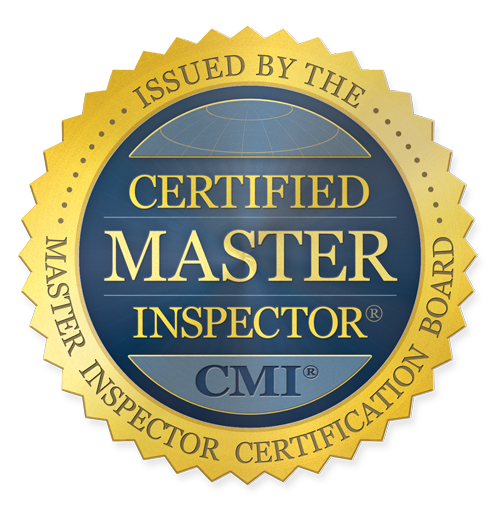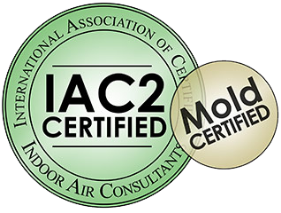Technically, windspeeds are considered dangerous after reaching 58+ mph. However, unprepared or outdated roofing systems are often damaged by much lower wind speeds.
DeLand homeowners are wise to take a proactive approach to roof preparation. Ensuring your roof is secure before storm season is the best way to protect a home from dangerous windspeeds or sudden gusts. Annual roof inspections are the place to start, followed by roof repairs and additions that optimize wind mitigation features.
Dangerous Wind Categorization: Non-Threatening to Extreme
The National Weather Service (NOAA) divides wind threats into six categories based on wind speed:
- Non-threatening. No discernable threat to life and property from severe wind gusts associated with thunderstorms within 12 miles of a location.
- Very low threat. Windspeeds are not predicted to cause damage and should maintain wind speeds lower than 39 – 45 mph. In most cases, winds in a very low threat storm remain below 20 to 25 mph – although wind gusts may reach higher speeds. Even though the threat is labeled “very low,” we frequently perform roof inspection after a “very low threat” storm, only to find loose shingles that are broken or blown off the roof.
- Low threat. There is still a low likelihood of gusts or sustained winds between 56 and 73 mph. However, poorly maintained roofs often suffer damage in a storm with gusts or sustained winds at these speeds.
- Moderate risk. Storms within the moderate risk category are predicted to have a moderate chance of winds or gusts upwards of 57 to 74 mph. The risk of higher wind speeds or gusts is low.
- High risk. This category specifies there is a high risk to life property and property due to storm winds. There is a high likelihood of windspeeds 57 to 74 mph or more. There is also a moderate risk of wind speeds or gusts between 75 and 91 mph.
- Extreme risk. In severe storm risk situations, windspeeds and gusts are likely to blow at extremely high speeds, including sustained winds or gusts of 93 mph or more.
Again, it’s essential to understand that winds cause roof damage at speeds far lower than the moderate to extreme risk categories if roofs are poorly designed, built, repaired, or maintained. Scheduling annual roof inspections – emphasizing wind mitigation – from a licensed inspector and hiring local, licensed, and reputable roofing contractors are the keys to preparing your roof for dangerous wind speeds.
Typical Roof Damage by Wind Speed & Category
Here are the most common types of roof damage caused by low to extremely high-risk wind speeds. Routine maintenance and optimizing wind mitigation features ensure your home falls into the “very low risk” of damage bracket.
Very low damage risk (19 to 24 mph)
Very low-risk winds are still potentially risky for older or compromised roofs. At these wind speeds, smaller trees begin to sway back and forth. Unsecured shingles may also start to rise or bend back, causing chipping, cracking, or for shingles to begin detaching from the roof deck.
Low risk (25 to 31 mph).
Winds at these speeds cause larger branches to move, which means they can also break or drop off if the tree is diseased or damaged. In addition, umbrellas are almost impossible to use at these speeds because they fold upwards or collapse.
Old or damaged shingles are at risk. Unsecured gutters and downspouts may also get pulled further away from the building. Of course, downed branches on the roof also pose a threat. As roofing inspection professionals, we view landscape maintenance and tree care as equally crucial as home maintenance when it comes to windproofing a home.
Moderate to high risk
Windspeeds range from 39 to 54 mph. Trees and limbs are violently swaying and breaking or falling. You’ll hear the loud whistling of the wind through the power lines. Structural damage is a guarantee for homes and roofs that are at all run down or lack proper wind protection. Shingles and drainage systems may blow off, and the roof may experience severe damage if larger limbs fall on top of it.
High to severe risk of wind damage
Now, windspeeds and gusts consistently register higher than 55 mph and continue upwards in sustained bursts or gusts of more than 65 mph. As a result, hurricane-force winds are likely in a high-risk situation, exceeding 74 mph. Even homes with superior wind mitigation features are at risk in severe storms depending on the exposure and length of sustained winds.
Prepare Your Roof for Storm Season
NOAA predicts an above-normal 2022 hurricane season (extending from June 1 to November 3) due to the ongoing La Niña patterns. NOAA’s meteorologists predict:
For the 2022 hurricane season, NOAA is forecasting a likely range of 14 to 21 named storms (winds of 39 mph or higher), of which 6 to 10 could become hurricanes (winds of 74 mph or higher), including 3 to 6 major hurricanes (category 3, 4 or 5; with winds of 111 mph or higher). NOAA provides these ranges with a 70% confidence.
Here are the critical steps you should take as we head into the next storm and hurricane season.
1. Schedule a roof inspection
If your roof hasn’t been inspected in the past year or so, it’s overdue for an inspection from a licensed home inspector. Most inspectors can schedule an inspection within 24- to 72 hours, leaving you with a report and a checklist of repairs or wind mitigation features necessary to get your roof in shape.
2. Take a critical look at your landscape
If you have large trees with limbs that extend over the roof, you may want to hire a licensed arborist or tree expert to assess the situation. Regular pruning and tree support keep trees healthy and more elastic, at a lower risk of dropping heavy branches or limbs that damage roofs and other structures.
What about outdoor storage sheds or shops? Are they secure and maintained well enough to prevent the risk of sheared off roofs, walls, or panels that can damage property or people? We recommend visiting the University of Florida’s, Hurricane Landscaping page to learn more about hurricane- and windproofing your landscape.
3. Invest in wind mitigation features
Just because your roof meets current building code and is well-maintained doesn’t mean it includes the necessary wind mitigation features to protect it in higher and more extreme wind/storm situations.
These include:
- Appropriate roof shape and slope.
- High-quality roof deck attachments.
- Hurricane-rated doors.
- Upgraded windows.
- Reinforced gables.
- Soffit vents.
- Solid, reinforced wall connections that create a continuous load path, allowing homes to resist high-wind forces.
- Water barriers.
The good news is that modifying a home and roof in alignment with sound wind mitigation also increases your home’s value.
Not Sure Your Roof is Ready for Storm Season?
Not to worry. Schedule an inspection with Super Inspection Pros (SIP). We guarantee a 24-hour turnaround of the inspection and finalized report, ensuring you can make the necessary repairs and amendments ASAP. Contact us to learn more.

